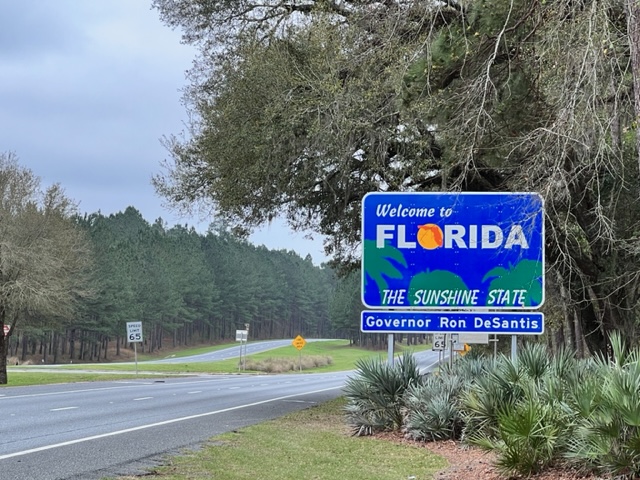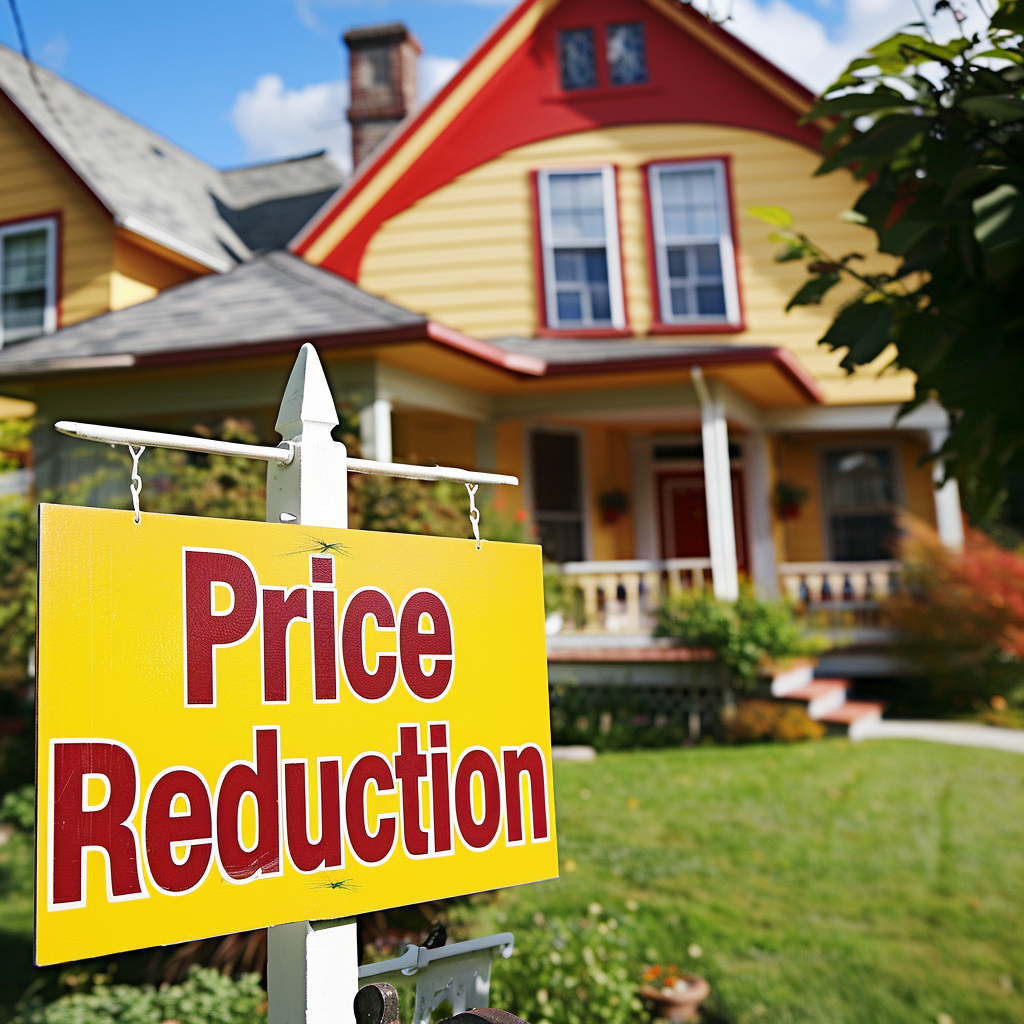The real estate markets in Florida, Texas, and California, once bustling with activity, are now showing signs of a significant shift. Recent data suggests that these markets may have reached their peak and could be headed for a downturn in the coming years.

On the west coast of Florida, there has been a notable increase in property listings, resulting in extended selling periods and a higher rate of price reductions compared to the national average.

Similar trends are observed in Texas, where increased supply and sluggish demand indicate a market shift. Metro areas like McAllen and Dallas witnessed significant increases in supply, with Houston and San Antonio experiencing more price cuts.

In Florida, six out of the ten metro areas with the largest year-over-year increases in homes for sale are experiencing substantial changes. Cape Coral saw a staggering 51% surge in property listings, followed by North Port-Sarasota with a 48% increase, and Fort Lauderdale and Tampa with increases of 30% and 29%, respectively. These significant shifts may indicate a saturation point in the market. The prevalence of sellers cutting list prices in several Florida metro areas, along with increasing median sale prices and extended selling periods, suggests that the market dynamics are shifting in favor of buyers.

Similar trends are observed in California, particularly in Sacramento, San Jose, and Las Vegas, where substantial jumps in new listings indicate a changing market landscape.

Factors such as rising homeowner association fees, maintenance costs, and soaring insurance premiums contribute to affordability challenges in Florida. The state’s homeowners face the highest insurance rates in the country, with an average annual rate projected to exceed $11,000, significantly higher than the national average of $2,500. These escalating costs may further dampen demand and contribute to a market correction.

Inflation continues to pose challenges, making the odds of a rate cut by the Federal Reserve less likely. As a result, mortgage rates are unlikely to return to their historic lows of the past 10 years. This development adds another layer of uncertainty to the real estate market, as higher mortgage rates could deter potential buyers and slow down housing market activity.

While a complete collapse of the housing market may not be imminent, the combination of increased supply, price reductions, affordability challenges, and higher mortgage rates suggests that a severe correction could be on the horizon. Price reductions are becoming the norm if sellers want to move houses.

Nationally, the real estate market presents varying trends, with some cities experiencing increases in new listings and closed sales, while others see declines. However, the broader indicators point to a potential cooling off period for the housing market in the coming years.

The housing markets in Florida, Texas, and California may be in bubble territory. There is a distinct possibility that they undergo a severe correction in the next 2-5 years if mortgage rates do not return to the levels that inflated the bubble over the past 10 years. While not a certainty all indicators are pointing to a peak in the housing market. Continued monitoring and adaptation within the industry will be crucial as the markets navigate through these uncertain times.





